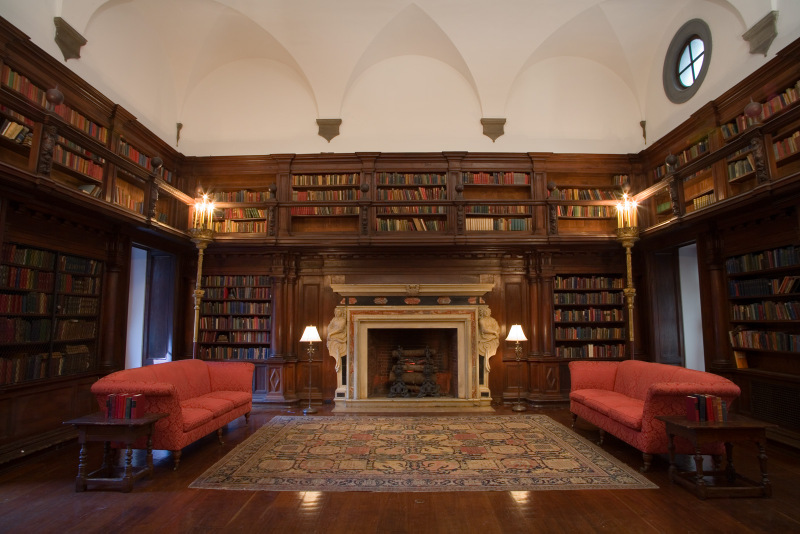The Upper East Side Edith Fabbri Mansion has a rich, and surprisingly complex international history, reaching back to the history of the Vanderbilts, as well as the Duchy of Urbino. The property and building was bought and financed by Margaret Louis Vanderbilt Shepard as a wedding gift to her daughter, Edith Shepard Fabbri, and son-in-law, Ernesto Fabbri, a member of a well-off Italian family, and an associate at what would now be J.P. Morgan.
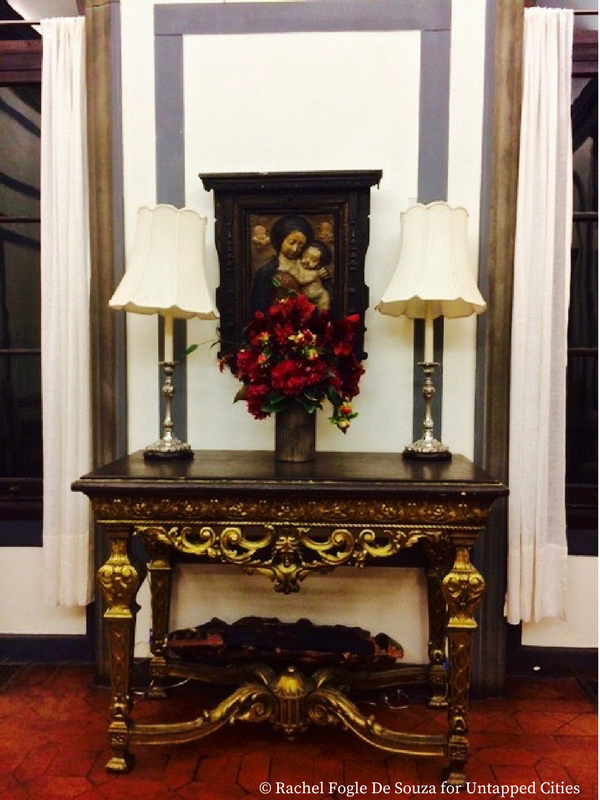
Designed by architect-of-record Grosvenor Attebury in the Italian Renaissance revival style, the building was completed in 1916 for Edith Shepard Fabbri, the great granddaughter of Cornelius Vanderbilt, and her husband Ernesto Fabbri. The house was stately in comparison to the other houses around it at the time, built in red brick and white marble, with an ornate iron gate at the front. The inside was decorated by Ernesto’s brother, Egisto Fabbri, who took his sister-in-law’s collection of Italian Renaissance and Baroque furnishings and architectural tastes into consideration.
While the building contains many rooms of beautiful architectural design and decoration, the library is one of the main attractions, with an independent history from the rest of the building, dating back to the early 1600s in Italy, and the Duchy of Urbino (a sovereign state in central-northern Italy).
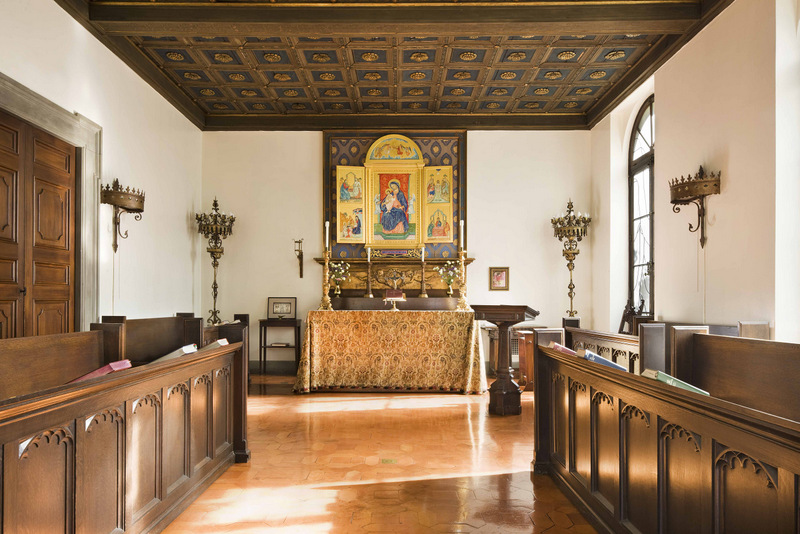 The chapel in the Fabbri Mansion. Photo courtesy of the House of the Redeemer.
The chapel in the Fabbri Mansion. Photo courtesy of the House of the Redeemer.
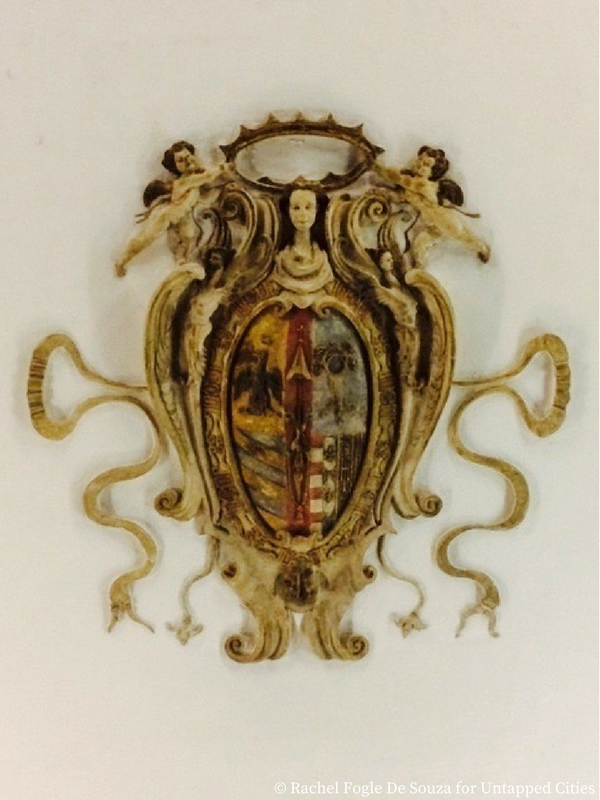 The coat of arms on the ceiling of the library
The coat of arms on the ceiling of the library
The library was built by Francesco Maria II della Rovere, the last duke of Urbino. At the age of 21, he married Lucrezia d’Este, but the relationship was childless, and when she died in 1598, Francesco Maria II della Rovere had no heirs. The next year, in 1599, at the age of 50, he married his cousin, Livia della Rovere, then just 15 years old, and 35 years younger than him. Five years later, they had a son, Federico Ubaldo della Rovere. In celebration of a long-awaited heir, the duke had a great library built in his palace, the Palazzo Ducale di Urbino. The library was one of the cultural jewels of Urbino, filled with a variety of books on a vast range of topics.
While Francesco Maria II della Rovere retired, and his son become duke, he was forced to come out of retirement when his son died at the age of 18, from causes unknown, but suspected poisoning. With no heirs left, he left the duchy in the care of the Pope, and in 1657, Pope Alexander VII had all the books of the library removed, taken to Rome and installed in the Vatican library, much to the anger of the citizens of Urbino, who felt that a keystone of their cultural heritage was being taken away.
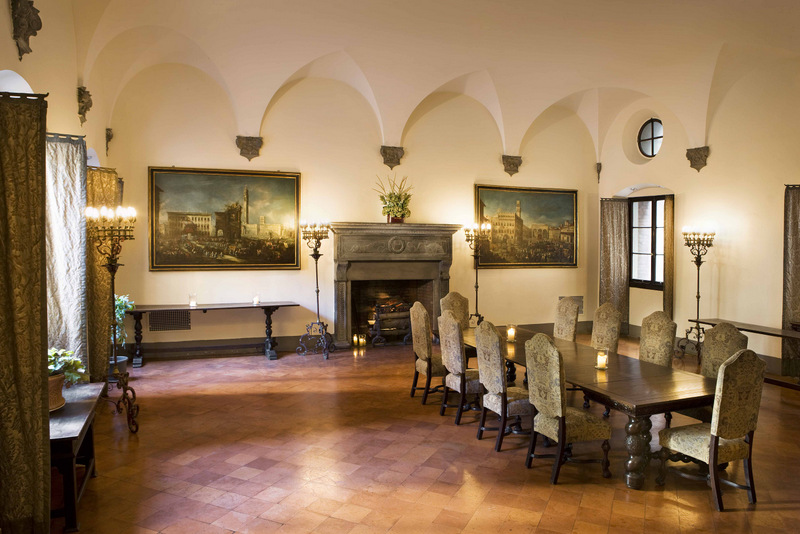 Refectory. Photo courtesy of the House of the Redeemer.
Refectory. Photo courtesy of the House of the Redeemer.
The library was sold in the late 19th century. In 1916, during World War I, Egisto Fabbri had the shelves and other fixtures shipped across the ocean. He used two ships to transport them, in case one of the ships sunk, so that they could be installed in his brother and sister-in-law’s new Upper East Side mansion, where they still are today.
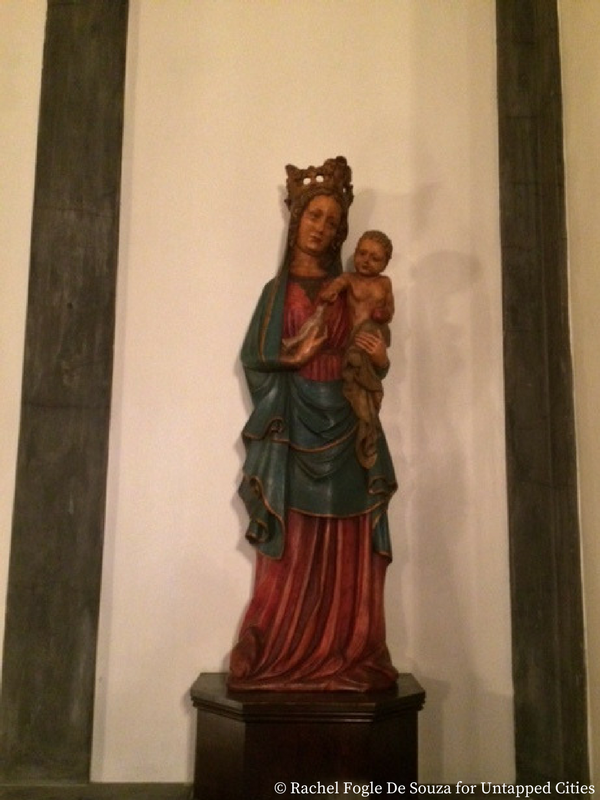
In 1949, Edith Shepard began discussing the idea of turning her home into a retreat house. Eventually a board of trustees was formed to make Mrs. Fabbri’s idea a reality. Under the name The House of the Redeemer, the Fabbri Mansion is now a religious and spiritual retreat, or “a place apart.” One of the members of the Board of Trustees, Percy Preston, published a book titled A Place Apart, which provides one of the most comprehensive histories of the mansion to date. The space is also used for events: Joseph Connors, a professor of Art History at Harvard University, gave an October 12 talk on the history of the Fabbri Mansion library, and the 2017-2018 season of the Fabbri Chamber Concert Series began with a concert at the House on October 19th.
The Fabbri Mansion, or The House of the Redeemer is located at 7 East 95th Street. For more information on the mansion, as well as up-coming events, please visit their website.
Next, check out the Untapped Cities guide to the Upper East Side.






